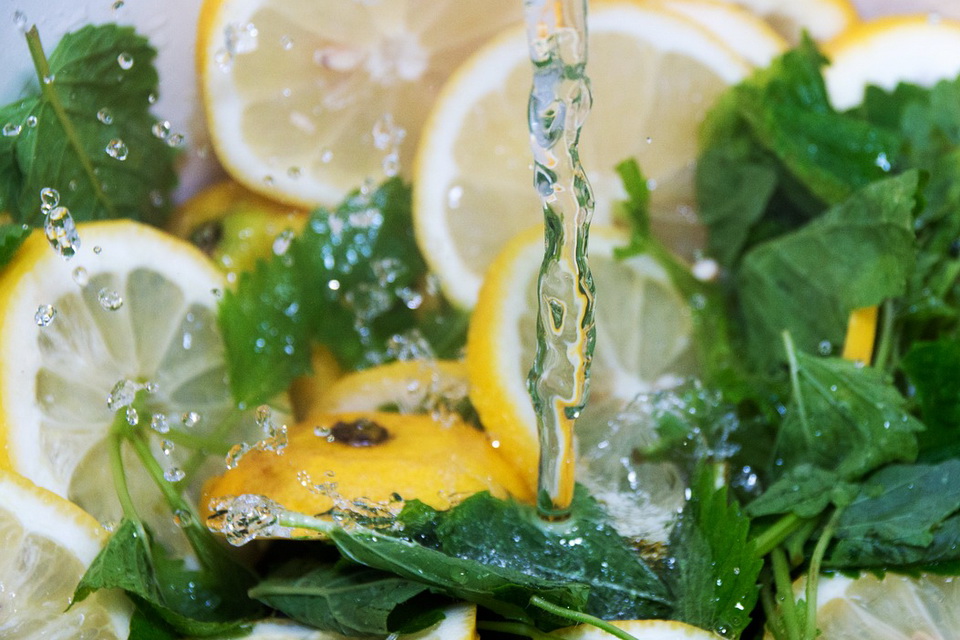
Peppermint
No other herb is more widely used and recognizable than mint, and for good reason. This pleasant smelling leaf packs an all-in-one punch, from freshening breath to clearing the sinuses to soothing an upset stomach. A Recent study found that applying peppermint oil to the forehead while experiencing a headache was as effective as Tylenol for alleviating pain, with peppermint's analgesic effects further able to relieve muscle pain. Peppermint is extremely easy to grow, and is ideal in hot teas, baths, and herbal balms.
Rosemary
Rosemary is loaded with antioxidants such as vitamins A, C, D, E and K, and works as a powerful antiseptic to reduce the length of a cold or flu, as well as help to clear up chest and nasal congestion. Rosemary grows well indoors, and the hearty leaves can be steeped in teas or added to broths and steam baths for optimal relief. Rosemary has further been known to alleviate exhaustion, chills, fever-related weakness, and even rheumatism.

Echinacea
Echinacea is best taken before you get sick, making this herb a perfect back-up to have on hand. Jill Ettinger of Organic Authority writes, "Once you start feeling a bit more tired than normal, or people around you are dropping like flies, you’ll be happy you grew these beautiful flowers." Early summer is the ideal time to plant echinacea, and once the flowers start to bloom you can snip, dry, and store them for year-round use. Sip 2-4 cups of echinacea tea a day when cold and flu season hits.
Thyme
This evergreen herb has been used since the Middle Ages to sweeten the air and relieve respiratory infections. Thyme is relatively easy to grow in sunny locations, and can thrive in both warm and cold climates. Thyme contains thymol, which releases a powerful scent upon the slightest touch; while many herbs contain this potent antiseptic phenolic compound, thyme oil contains more than 50% thymol content. Thyme can be infused as a tea or gargle to get rid of mouth sores, as well as relieve tonsillitis and laryngitis.

Lemon Balm
This beautiful smelling plant is a member of the mint family, and much like its cousin can be effectively used to treat almost any discomfort. Lemon balm is a natural astringent and antispasmodic, with powerful antiviral and antioxidant properties. The fragrant herb can be used in teas and hot baths to relieve bodily pain, respiratory discomfort, loss of appetite, and reduce fever symptoms. It additionally acts as a wonderful sleep aid, as well as stress soother.
Remember, cold and flu germs thrive in unsanitary environments, so make sure you wash and clean communal areas frequently; you can even prepare your own safe and effective homemade cleaning solutions using your very own kitchen herbs. Allergens in your home may also exacerbate cold and flu symptoms, and contribute to germy breeding grounds, so upholstery cleaner to prevent dust mites and reduce bacteria. Always check with your healthcare provider before utilizing herbal remedies to make sure they won't cause any adverse reactions, especially when combined with other medications.


Nice one, you people can take help from the Acai Berry Juice as it is also full of anti-oxidants and and antibiotics like the other natural ingredients.
ReplyDelete